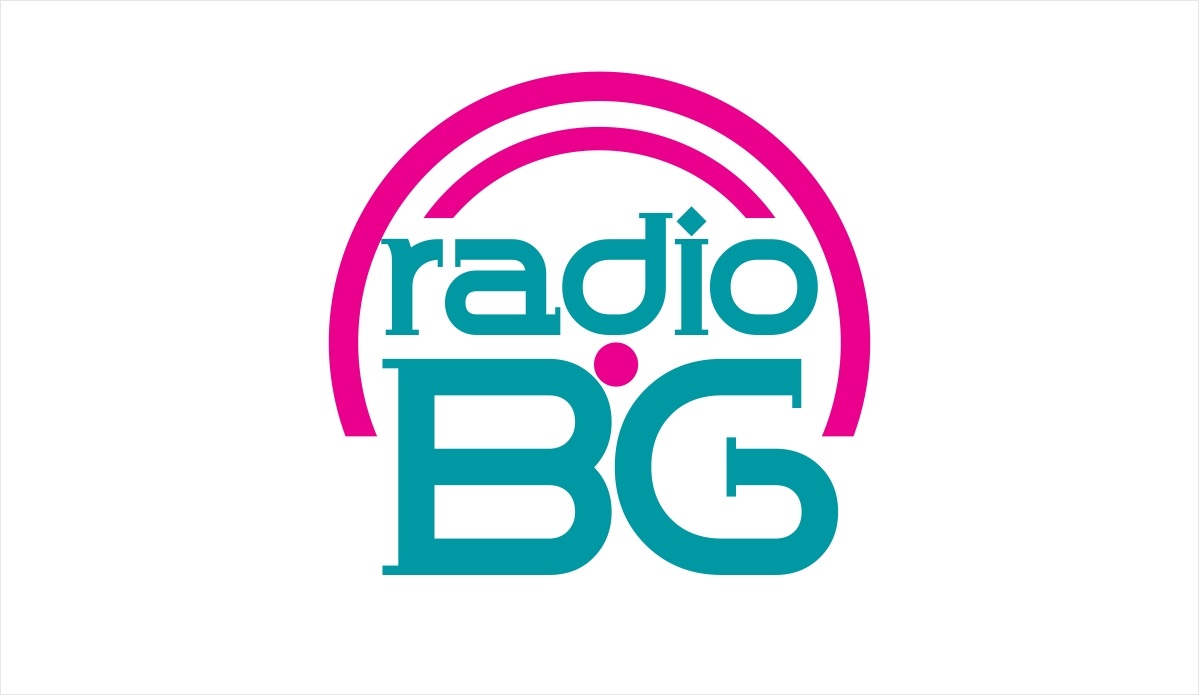
Don`t Turn Your Head in Info-Garbage Bin
- Stop and think
Of course, you want your family and friends to stay up to date on the latest epidemic information. So when you receive new information yourself – via email, WhatsApp, Facebook, or Twitter – you may be in a hurry to share it.
However, according to experts, the first thing you can do to combat misinformation is to stop and think.
Newsletters on social networks and coronavirus messengers often cause panic.
Before sending a message, think about the likelihood that it is a fake, and if you have any doubts, don’t send it.
- Check the source
Before sending a message, ask yourself – where is this information coming from?
If the source is “my friend’s friend” or “my aunt’s colleague’s neighbor”, then it almost always means that the information is fictitious.
A Facebook post in early March became popular with advice from “my uncle with a master’s degree.” The Snopes site says it first appeared on the page of an 84-year-old Englishman.
This post was shared on Instagram by a Ghanaian broadcaster, from where he transferred to Indian Catholic groups, then to WhatsApp and Twitter.
As the post spread through the network, it changed. In some versions, there were reasonable tips, such as washing your hands. But they were accompanied by false recommendations on how to diagnose the virus.
“Public health services such as WHO, the UK’s National Health Service and the Centers for Disease Control in the United States remain the most reliable sources of information,” says Claire Milne, Full Fact’s UK factoring company.
You should pay attention only to the official statements of these organizations.
Experts may be wrong, but they are far more reliable than an anonymous “familiar doctor” or uncle with a diploma.
- Can this be fake?
The look is deceptive, and many fakes are designed to look like documents from official sources.
Their authors imitate major news organizations, including the BBC, and government agencies.
Bill Gates’ Messages and Other Coronavirus Fakes: How to Recognize Them
Ibuprofen and Covid-19: Myths and Truths about Medication
It is easy to simulate the forms of media and government agencies, as well as the official accounts of organizations on social networks. Another method for fake authors is to put text on a screenshot of a news release.
Capital letters and inappropriate fonts can be indicators of forgery, explains Claire Milne of Full Fact.
Therefore, in social networks, the information should be sought only on verified accounts of news and government organizations, as well as well-known public groups.
If you’ve received a suspicious post or video, it’s best to check them out.
- Not certain – did not go away
You do not need to send messages to your friends and family unless you have doubts about their veracity. This creates problems and not helps to solve them, so you should not share information “if.”
Many people post questionable posts to groups or communities of experts asking to confirm or refute the information.
This is helpful, but before you share a post, make sure that you have made it clear that you have doubts and want advice.
Also, keep in mind that if you start actively sharing the photos you upload, they may lose their original context.
- Check each fact separately
WhatsApp has a very popular coronavirus fake.
Several dozen people from different countries sent it to the Air Force. This is an audio file with the voice of a person who allegedly follows the recommendations of a “colleague who has a friend-doctor”.
So, dear students I do recommend that you should be cautious not turning your brains into info-garbage bins.

























































Залишити відповідь